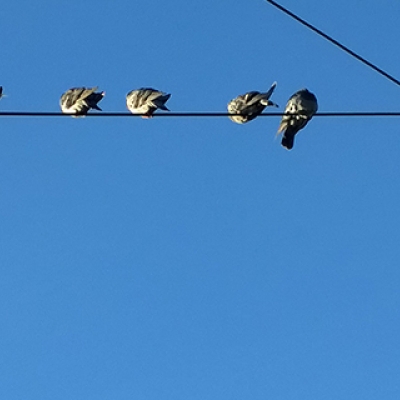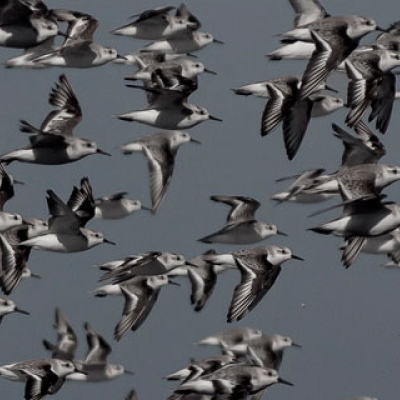
Ten Fun Facts about the Conservationists of Nature's Allies
By Larry Nielsen / On February 2nd, 2017
Given election results that have further empowered political leaders who deny climate change, it’s easy to feel powerless in the face of environmental challenges like massive deforestation, biodiversity loss, and dying oceans. At a time when it seems like we are moving backwards and progress is stalled by partisanship and bureaucracy, conservation success stories provide the inspiration and courage needed to move forward.








